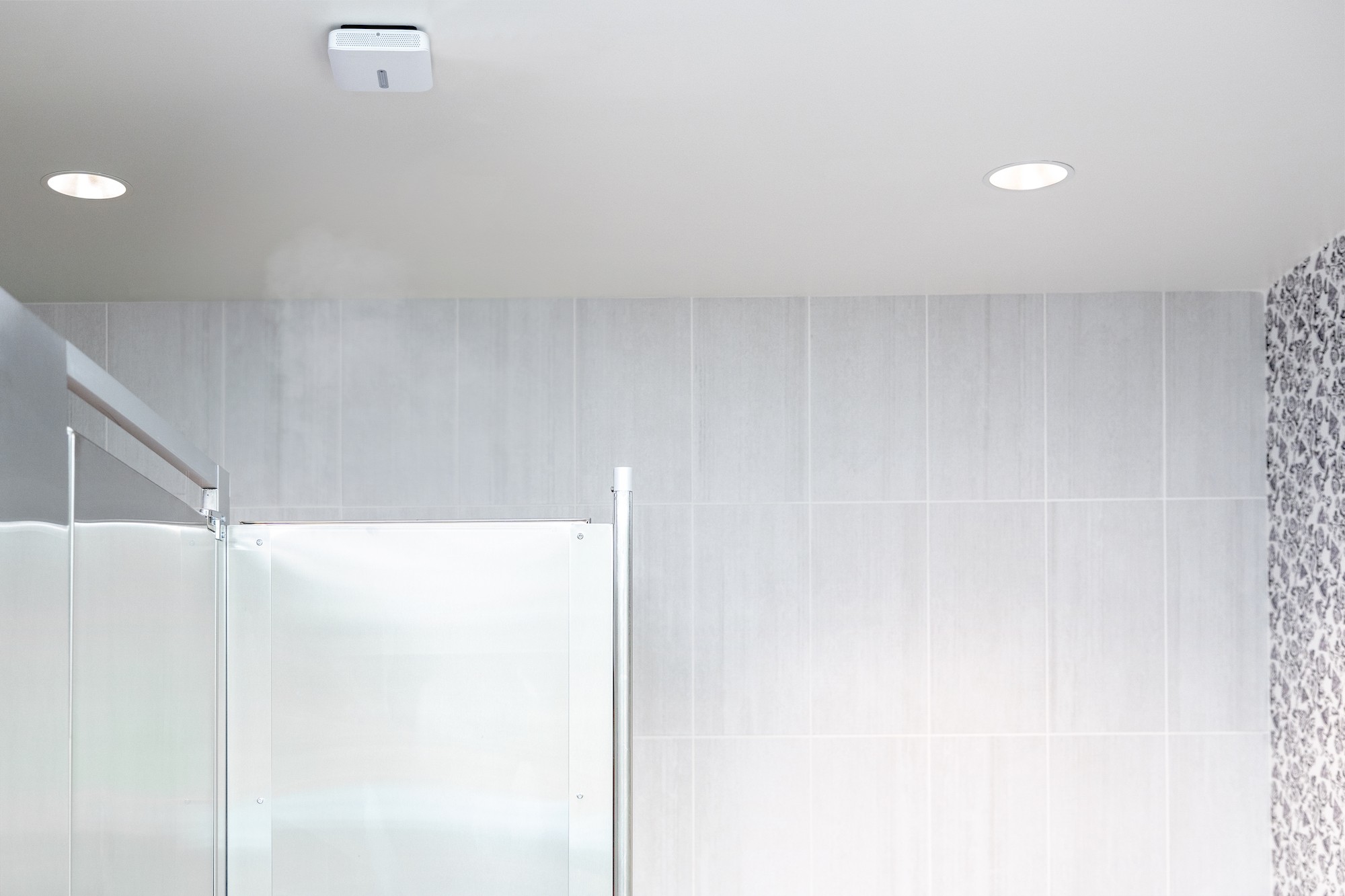Indoor air quality has become a pivotal health consideration, especially with individuals spending a significant amount of time indoors. The invisible nature of air pollutants makes them a silent threat that can impact wellness and comfort. Thankfully, technological advancements have resulted in sophisticated devices that can detect and inform us about the air we breathe. An air quality monitor can serve as a tool of empowerment in the quest for a healthier indoor environment. Below, we’ll explore the importance of these devices and how they can lead to improved air quality in our homes and workplaces.
Understanding the Role of Air Quality Monitors in Indoor Environments

Air quality monitors play a crucial role in the detection and management of indoor air quality. These devices continuously assess the air, providing real-time data on various pollutants that can affect health and comfort. By doing so, they bring attention to potential problems that might otherwise go unnoticed until adverse health effects are experienced.
Acknowledging the existence of contaminants is the first step toward creating a healthier indoor atmosphere. Air quality monitors offer precise readings that can indicate the presence of harmful particles or gases, enabling us to take swift action. This could include improving ventilation or identifying and eliminating sources of pollution.
The data supplied by these monitors is not only valuable for immediate actions but can also be useful for long-term monitoring and trend analysis. With consistent tracking, one can determine the efficacy of interventions and make informed decisions to refine air quality controls further. This longitudinal perspective can highlight peak times of pollution, perhaps related to specific activities or external factors.
Key Pollutants Tracked by Air Quality Monitors
Air quality monitors are designed to detect a variety of pollutants that can compromise indoor environments. Common contaminants include particulate matter (PM), like dust and allergens, volatile organic compounds (VOCs) from paints and cleaning products, and carbon dioxide, which can accumulate in poorly ventilated spaces.
Apart from these, monitors also track harmful gases such as carbon monoxide, nitrogen dioxide, and ozone. Elevated levels of any of these pollutants can lead to health issues ranging from minor irritations to serious respiratory conditions. Therefore, recognizing and controlling their concentration is vital for wellness within indoor spaces.
Biological contaminants, such as mold spores and bacteria, are also a concern, particularly in humid or water-damaged buildings. Advanced monitoring systems can identify spikes in biological particles, raising awareness of the need for remediation. It serves as a preventive measure, potentially thwarting the spread of illnesses and allergens.
Additionally, vaping is a popular activity among individuals seeking an alternative to traditional smoking. However, the vapor produced by e-cigarettes contains a variety of chemical compounds, some of which are known to be toxic and potentially carcinogenic. For instance, formaldehyde, a well-known carcinogen, can be released when certain e-liquids are heated at high temperatures. Vape detectors can serve as a specific air quality monitor to alert to the presence of these vapors.
Strategies for Using Air Quality Data To Improve Indoor Conditions

Having access to air quality data is only beneficial if it is used effectively to enhance indoor conditions. One of the primary strategies is to utilize this information to improve ventilation. For instance, if carbon dioxide levels are consistently high, it might be a sign to increase the flow of fresh outdoor air into the space.
Another tactic is to use data for pinpointing sources of pollution. If VOC levels spike during certain hours, it could be related to cleaning routines or the use of office equipment. Identifying such patterns allows for targeted solutions, like scheduling these activities at less occupied times or improving local exhaust ventilation in specific areas.
Implementing air purification systems is a direct response to mitigating detected pollutants. With detailed data, it’s possible to select purifiers with the appropriate filters or technologies to specifically target the measured contaminants, ensuring the air quality is managed effectively.
Overall, the deployment of air quality monitors marks a significant leap forward in managing indoor environments. By providing detailed insights into the hidden world of air pollutants, these devices enable proactive measures to ensure that the air we breathe indoors is as clean and healthy as possible.